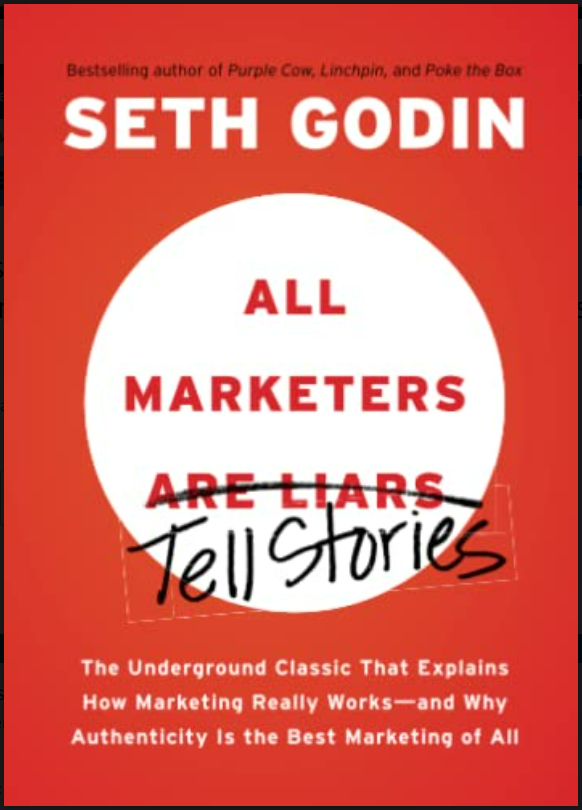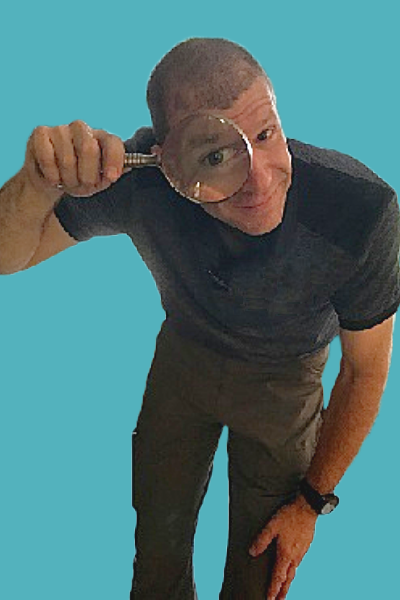We know a lot of stuff. If you stop to think about it, no matter what industry we’re in, we all went through a lot of training to get where we are today. It may have been in a classroom, behind a computer screen, face to face with a trainer, or some combination of all three. But, odds are we’ve all had to go through some educational process to get where we are today.

It’s quite likely, if you’re a professional, that there was some type of test involved to achieve licensing or certification in your chosen industry. It’s likely we had to prove that we’d absorbed a large amount of data and were able to put that information to use to solve practical problems.
The point is that we know a lot of things. We all have a tremendous amount of data stored in our mental database. We’re a walking, talking USB drive of specific technical information about our profession.
And with our impressive mental database, it’s quite likely that one of the most important parts of our job is being able to pass along this accumulated trove of information to our paying clients. Getting the knowledge out of our heads and into the brains of our customers is exactly what they’re paying us for; it’s often the whole point of our job.
Those who know, do. Those that understand, teach.
Aristotle
Giving Them the Information
Unfortunately, it’s not that simple, is it? It’s not like we can just plug a cord into our client’s brain and quickly upload all the necessary data in one big transfer. We can’t simply regurgitate the needed data to them en masse. The odds are that our clients would simply sit there, staring at us with a blank, confused look on their face. They would hear the words we’re saying, but without some sort of context, without us working hard to translate our industry lingo into a usable, understandable format, all that data would simply go right over their head.
The human brain is an remarkable machine, capable of absorbing an amazing amount of information. But our brains are much better at absorbing new data, learning and understanding novel ideas, when that new material is presented with some sort of narrative that helps align the new data with existing and already understood concepts.
We simply learn better when new material is explained in a way that we can understand.
Often, the best way to do this is through storytelling. Introduce someone to new data by using a story to explain it and they’re more likely to pay attention, more apt to comprehend, and much more likely to understand and remember what it is you’re trying to teach.

Tell Me a Story, Please
It’s how we’ve evolved: our brains are hardwired to respond to stories. Long before the advent of the written word, our ancestors passed along important information using stories. As soon as you were old enough to understand, you were told the story of your great Uncle Ugga, who was eaten by the saber-toothed tiger. You listened intently to the story, and quickly understood that you should avoid large animals that could eat you.
Our ancestors that learned from those stories lived a long life and were able to pass along this information to their offspring. Those that weren’t able to learn from the stories quickly became the lunch special at the saber-toothed tiger diner, drive-in and dive.
We all possess the ability to learn new things, but most of us aren’t able to process large amounts of raw data without some type of context. That’s where storytelling comes in. Effective storytelling allows us to understand and process new information in a way that’s familiar and relatable. It helps us learn new ideas by linking unknown information to some of our already existing knowledge.
Being able to weave a captivating story is an invaluable trait. Some of the most successful people we know are likely great storytellers. Unfortunately, the rest of us often have a difficult time telling a good story. We have the data, we possess then knowledge, but we’re often lacking the skill and experience needed to distill that information into a relatable story.
There is no greater power on this earth than story.
Libba Bray
How Do I Tell a Story?
It seems like storytelling would be a basic life skill, something that almost everyone would automatically be good at doing. Why would we ever have a problem telling our clients a good story? What is it that makes storytelling so difficult? Could there be something that’s getting in our way, preventing us from weaving a good story?
It may seem counterintuitive, but quite often our biggest downfall is our own level of knowledge. It’s our own education, the amount of data that we’ve absorbed about our profession, that frequently gets in our way.
We’ve been in our industry for a certain amount of time, and we’ve absorbed a tremendous amount of knowledge about our profession (often through stories from our own instructors.) It’s likely that we’ve forgotten that our clients know little to nothing about what we do. We don’t recall what it was like when we first started learning about our industry, back when every new thing we discovered was a mind-blowing experience.
We forget that the main reason that our clients hired us is that they really don’t know anything about what we do. If they did, it’s quite likely that they would’ve done it themselves instead of hiring us!

Knowing the Trick
So, the question is, how do we become better storytellers? How do we successfully turn all that confusing data that occupies our mental database into usable information that our clients can understand, and more importantly, that our clients will value?
Storytelling is a skill, and like all skills, it needs to be practiced and developed in order for us to become proficient. There is something, however, that we can do immediately that can have an instant impact on our ability to communicate with our clients.
What, you may ask, is this amazing trick?
It’s no trick; it’s a simple as developing empathy. It’s as easy as remembering a time when you were in your client’s shoes, and tailoring your interactions to account for their current state of mind. Stop for a moment and try to understand exactly what it is they’re going through; understand where they’re coming from and what they’re feeling. Stop being you, and for at least a moment, start being them.
Be the client.
For those of us in the real estate industry, that means thinking back to when you were that first-time home buyer or seller. Remembering that uneasy feeling when you were the one waiting on the results of your very first home inspection, appraisal or counteroffer. Remember how nervous you felt, not knowing what the hell was going on and who it was that was getting all those checks you were constantly writing. Remember what it felt like to be in unfamiliar territory; to place your trust in someone that you’d only just met.
Remember what it felt like to not be the one in control.
It’s up to us to empathize with our clients; to understand what it is they’re going through. It’s our job to turn all the data that our clients need into an effective story they can understand. It’s our responsibility to not only give them the facts, but to make sure they can use those facts to their advantage.

is half the battle
It’s our obligation to make sure that our clients are not just getting data, they’re getting what they paid for.
It’s our job to make sure they’re getting the whole story.
Would you like to get an email every Friday where we share the newest things we’ve discovered about home inspections? CLICK HERE to sign up.
Want to be an Influencer in Your Field? Share This Post!
Thanks, Joe

